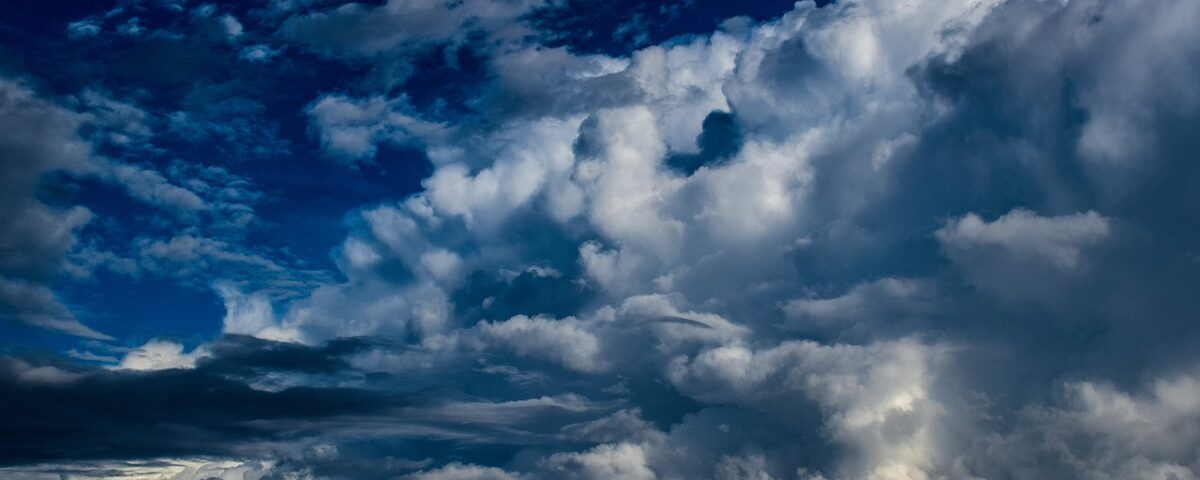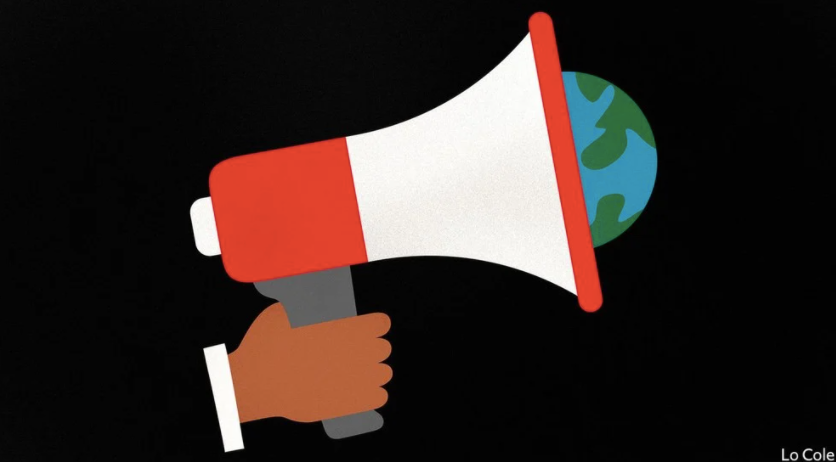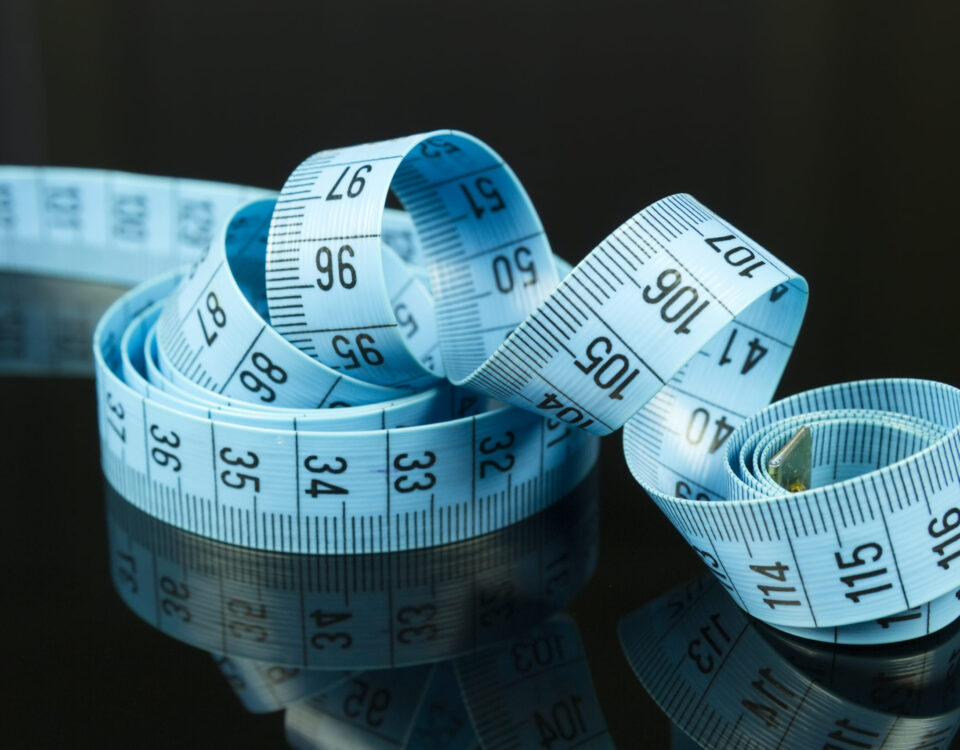
Why Marijuana Growers Need Bigger Markets
December 5, 2023
What Economists Say About All-You-Can-Eat
December 7, 2023Most mornings, many of us care if the National Weather Service says it will rain.
But there is much more.
Weather Economics
We could be checking the space weather.

According to the space weather prediction for today (above), there is a minimal chance of a major radio blackout (R3-R5), a solar radiation storm (S1), and a geomagnetic storm (G). In addition to determining where your airplane pilot can fly, the following might be affected:

The National Weather Service (NWS) tells us that it has a dual mission. As you might expect, it is supposed to keep us safe and protect our property. Also though, it is responsible for the “enhancement of the national economy.” For that reason, as a part of the NOAA family (National Oceanic and Atmospheric Administration), it is in the Department of Commerce.
Below, you can get a glimmer of the NWS network:
During the 1700s, in Poor Richard’s Almanack, Benjamin Franklin included weather predictions. But it took until 1890 for the Congress to create the weather bureau. Then, like the stock market ticker tape, we were able to use the teletype to communicate information. At the time though, weather prediction depended on people in different locations sharing information. Then, compiled by the Smithsonian, and based on this “crowdsourcing,” they created their first weather maps.
After that, technology gradually took over with weather authorities using balloons and airplanes during the early 1900s. And, as the data grew, so too did the people that could use it. Today, we even have thermostats that respond to outside weather conditions.
Of course, we can start with agriculture. Monitoring extreme and everyday weather, the NWS lets farmers plan. Draught maps done in coordination with other organizations are just one example:

Then, far from the farm, the NWS supports oil and gas exploration with its forecasts. From there, ranging from tourism to insurance, weather preparedness is a part of industry planning. And, when industry found it needed more, an entire private weather sector emerged that targeted individual needs. Still though, adding to their research, the private sector needed data from the NWS.
Our Bottom Line: GDP
Scholars estimate that the weather impacts 30 percent of the economy. Swings in the GDP add somewhere between three and six percent.
In a 2018 paper, NOAA estimated its dollar impact in a slew of areas. Because the numbers date back to 2017 and before, and cover so many people and events, they are impossible to estimate. But still, they provide a picture of the weather’s huge GDP impact:
- Transportation and warehousing: $2.4 billion
- Space weather prediction: 8,000 to 19,000 air travelers daily.
- Coastal tourism: $110 billion to the GDP
- Insurance and reinsurance: weather derivative markets that guide insurers were estimated at $12 to $45 billion.
So, when we check the weather each morning, so too are millions of other individuals and businesses in so many other ways.
My sources and more: I always enjoy New Hampshire Public Radio’s Outside/In podcast. Like the weather episode, ostensibly it is not economic, but it really is. From there, for more detail, in 2017, the Weather Service produced a study of its mission. As we’ve seen in previous posts, weather and climate disasters have a massive economic impact.
![econlifelogotrademarkedwebsitelogo[1]](/wp-content/uploads/2024/05/econlifelogotrademarkedwebsitelogo1.png#100878)





